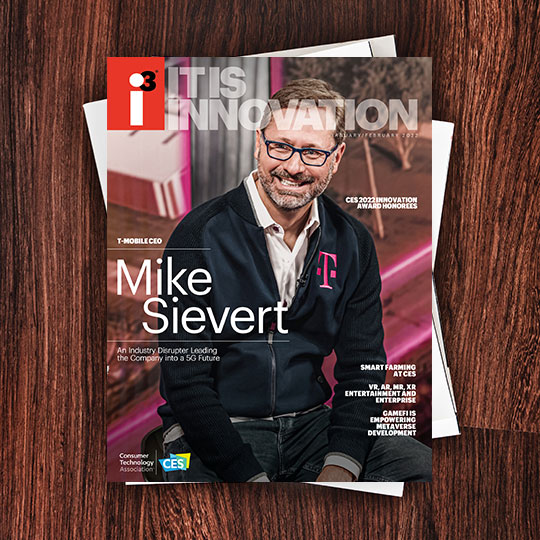Many of the building blocks of this virtualized world are already in play.
Hints of What Will Be
Looking beyond technology itself yields other clues that portend the metaverse to come. Modern use cases leveraging these technologies illustrate how the metaverse will be a resource for more than just social connections and entertainment. Apologies, Mr. Cline.
For example, CTA’s recent XR Enterprise Trends report (October 2021) found companies today are using virtual reality (VR) initiatives to support training, sales, design, customer engagement and meetings. The research also found that among companies using XR tech in their business 59% believe it will have a significant impact on their organization over the next five years. Small wonder, therefore, 84% of businesses using XR tech plan to spend more in this area over the next two years.
Proponents of the metaverse claim its inexorable arrival heralds more than just a new connectivity platform, but a generational shift in almost everything from business to entertainment to social interactions. Microsoft CEO Satya Nadella compares conversations about the metaverse today with “how we talked about the web and websites in the early ’90s.”
We know how transformative the internet has been, but are we ready for the metaverse? Probably not all at once. The good news is we won’t have to experience the metaverse that way. Just as the internet over the past 20 years has increasingly underscored our daily lives, meta-experiences will eventually define the 21st century lifestyle as the physical and digital realms become inextricably linked.

i3, the flagship magazine from the Consumer Technology Association (CTA)®, focuses on innovation in technology, policy and business as well as the entrepreneurs, industry leaders and startups that grow the consumer technology industry. Subscriptions to i3 are available free to qualified participants in the consumer electronics industry.